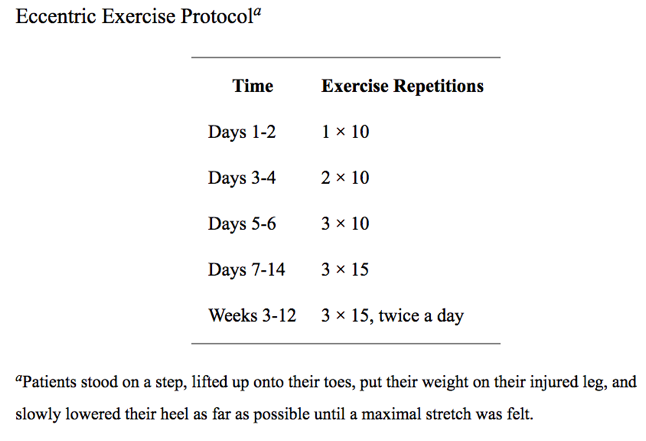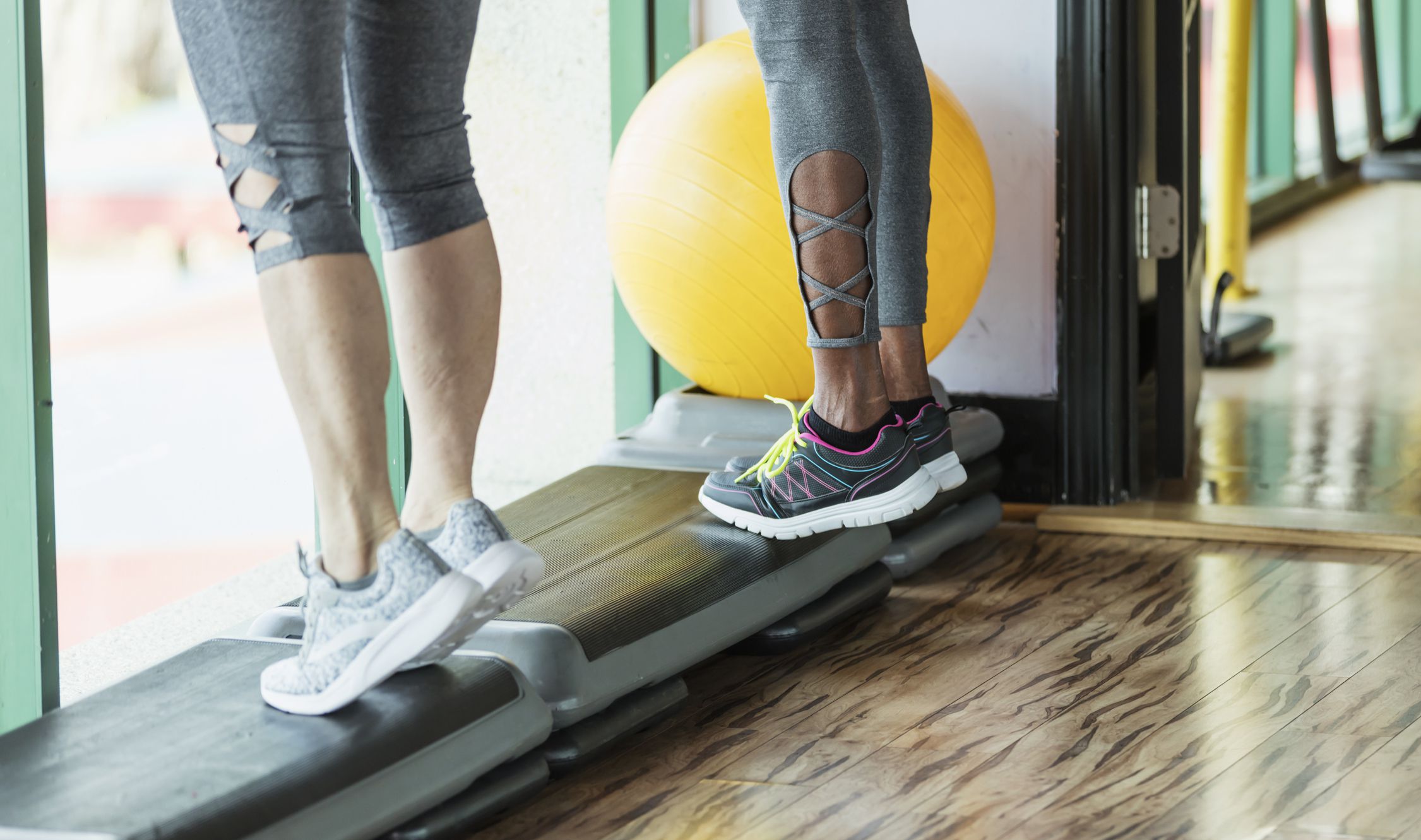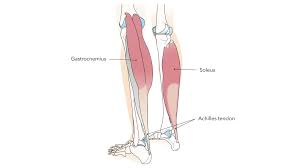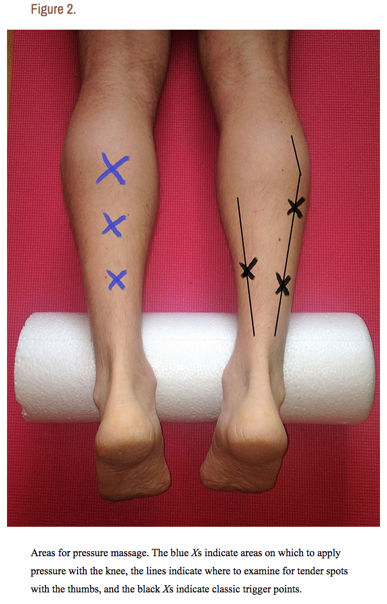Laurie's Blogs.
May 2020
Pressure Massage versus Eccentric Exercise in Achilles Tendinopathy
Here’s an interesting study that I listened to a review about.
https://www.themanualtherapist.com/2020/04/investigating-pressure-massage-vs.html
The Paper:
Stefansson SH, Brandsson S, Langberg H, Arnason A. Using Pressure Massage for Achilles Tendinopathy: A Single-Blind, Randomized Controlled Trial Comparing a Novel Treatment Versus an Eccentric Exercise Protocol. Orthop J Sports Med. 2019;7(3):2325967119834284.
The paper is free access, so I dug it up to learn more.
So, this group of researchers figured that pressure massage would reduce stiffness in the calf and have an impact on pain reduction and subsequent tendinopathy healing. Furthermore, they figured that the pressure massage technique would be as good as or equal to the current gold standard of eccentric exercise. Pressure massage is a treatment whereby pressure is applied to stiff and painful areas in the calf muscles and held until the muscles relax.
Methods: Participants with Achilles tendinopathy were randomly assigned into an Eccentric Exercise Group (Ankle drops over the edge of a step), a Pressure Massage group, or a combination group of both therapies. The eccentric exercise protocol looked as follows (with an increase in weight if 15 reps were found to be pain free.):


The Pressure Massage was done twice a week, using the therapist's knee to put pressure on the soleus muscle at 3 different locations and was held until the muscle started to relax or for 60 seconds. Additional thumb pressure massage was delivered to additional trigger points.


All therapies were provided over a 12-week period.
Evaluations of effectiveness were done via a questionnaire, pressure algometery, ankle ROM, and real-time ultrasound. Measurements were taken at 0, 4, 8, 12, & 24 weeks, with US scans taken at 0, 12, & 24 weeks.
Results: All groups improved according to the questionnaire. The pressure massage group improved significantly more than the eccentric exercise group at week 4, which was the only between-group difference. Ankle ROM increased significantly over time without difference between the groups. No significant differences were found with pressure pain threshold (pressure algometry) or with the US scan measurements.
Conclusion: Pressure massage is a useful treatment for Achilles tendinopathy. Compared with eccentric exercise treatment, pressure massage gives similar results. Combining the treatments did not improve the outcome.
Going to the dogs:
A couple of things come to mind with this study in regards to application.
1) Trigger point massage and pressure techniques can be useful in treating tendinopathies.
2) Where do we see tendinopathies in dogs commonly? Supraspinatus, Biceps, Patellar tendon, and Achilles. So, as part of our therapies we could look at pressure massage to the muscle bellies of the affected tendons.
3) Dry needling might also have a place – if we were to extrapolate that the trigger points were manually stimulated and deemed to have a therapeutic effect on tendon healing. (Note, this is something I’ve been doing for a while as well.)
4) I just wanted to bring up that in this study the protocol of pressure massage for Achilles tendinopathies was put forth based on clinical experience of the authors. I love that! It means that you can invent treatment techniques. See if they work. If yes, then create a study to show the world and publish it!
On that note, have a creative and exciting week ahead!
Cheers, Laurie


